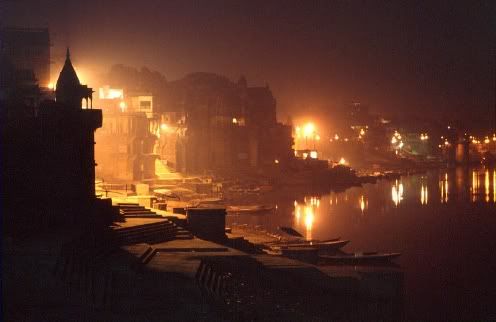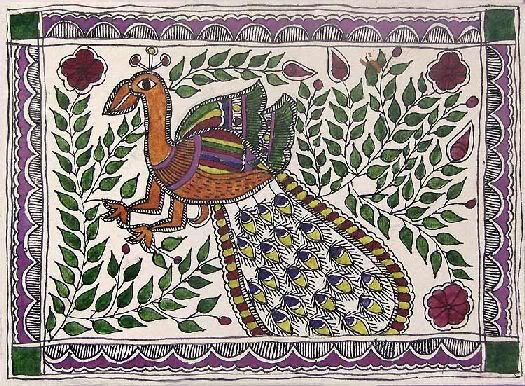In my earlier posts Voices along the Ganges : Saints & Beggars and Voices along the Ganges : Chants & Folklores, I let you experience some great exotic sounds right from the source of the Ganges, Gomukh to Benares (Varanasi) and then Patna in Bihar.

Bihar has immensely contributed to the hindustani classical music and has produced musicians like Bharat Ratna Bismillah Khan and dhrupad singers like the Malliks (Darbhanga Gharana) (see previous post on the Malliks) and the Mishras (Bettiah Gharana). Bihar has a very old tradition of beautiful folk songs, sung during important family occasions, such as marriage, birth ceremonies, festivals, etc. They are sung mainly in group settings with the help of many musical instruments like Dholak, Bansuri and occasionally Tabla and Harmonium are used. Bihar also has a tradition of lively Holi songs known as 'Phagua', filled with fun rhythms.
Patna - Sohar : (Download)
Patna - Marriage Song : (Download)
During the 19th century, when the condition of Bihar worsened under the British misrule, many Biharis had to migrate as indentured laborers to West Indian islands, Fiji, and Mauritius. During this time many sad plays and songs called biraha became very popular, in the Bhojpur area. Dramas on that theme continue to be popular in the theaters of Patna.

Continuing our journey southwards along the bank of the Ganges we come across Mithila, a land shaded by old mango groves and watered by melt water rivers of Nepal and the Himalayas.
Mithila - Ropni Geet (sowing of paddy) : (Download)
Mithila - Kohbar : (Download)
Malda - Domni Chant : (Download)
The men of Mithila have been famous as priests and scholars. The women largely illiterate, find cultural expression through exquisite paintings created for ritual occasions. They cover their courtyard walls in abstract images in brilliant colour.

In the 1960s some local officials realised that if the women would only put some of their paintings on paper there might be a worldwide market for their creations. They proved to be correct and it is a mild irony in Mithila that the fame of the women has surpassed that of the men, because Mithila Art, otherwise known as Madhubani Paintings also, is now recognised throughout the world.
.. more Voices along the Ganges »
The journey along the river Ganges will continue...
Enjoy !!



1 comment:
Thanks,
Vikas
Post a Comment